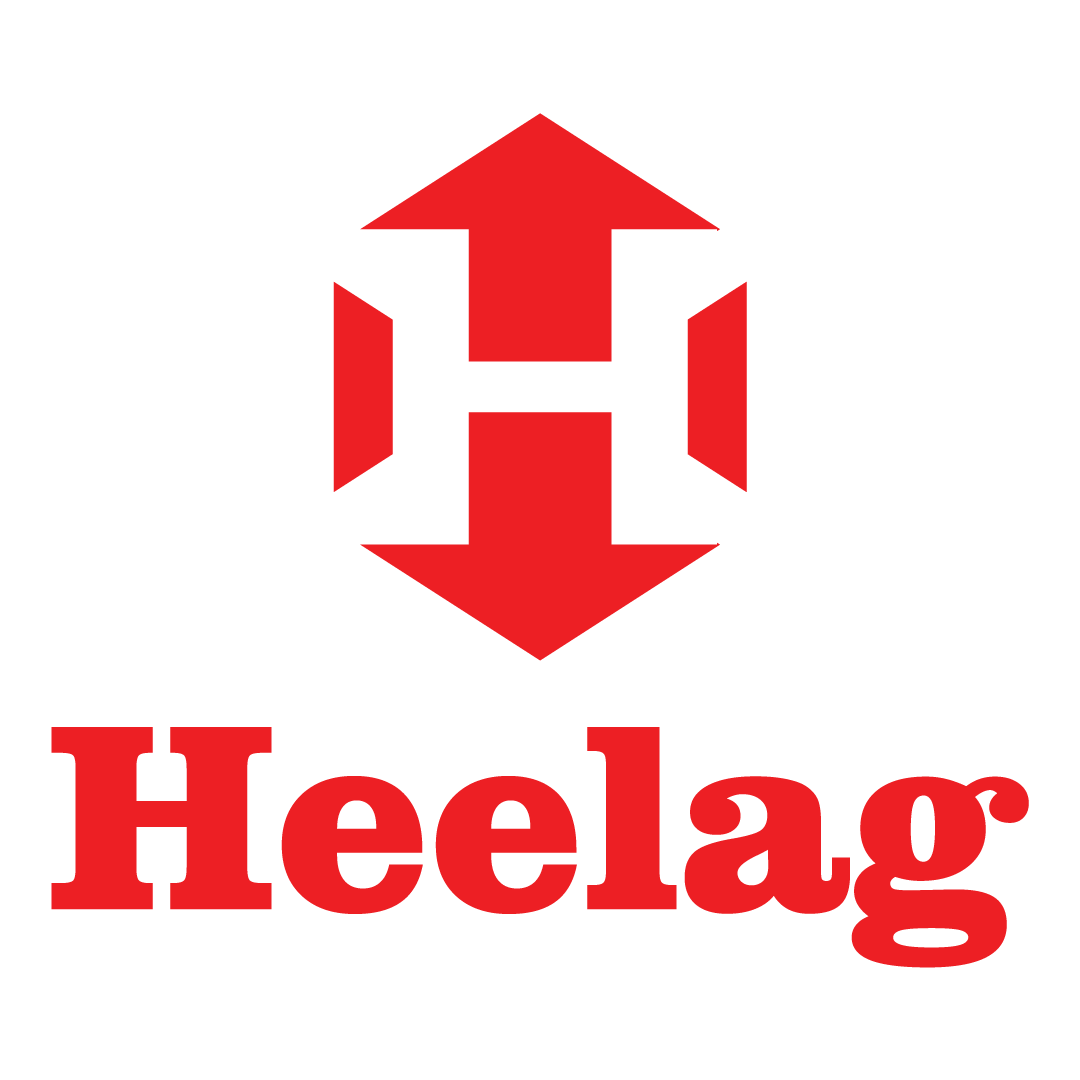Elevators are essential for modern buildings, providing seamless vertical transportation. However, a commonly overlooked threat can significantly impact their functionality - water intrusion into the elevator pit. Even small amounts of water can lead to severe damage, costly repairs, and potential safety hazards. Understanding the causes, prevention strategies, and technological solutions is crucial to maintaining a safe and efficient elevator system.
Why is Elevator Pit Flood Protection Essential?
Water accumulation in an elevator pit is not just an inconvenience - it can have serious consequences:
- Equipment Damage - Electrical components and mechanical parts submerged in water can suffer irreversible damage, leading to expensive repairs or full replacements.
- Safety Hazards - Water exposure can cause short circuits, increasing the risk of electrical malfunctions and endangering passengers.
- Operational Downtime - An elevator shutdown due to flooding disrupts daily operations, causing inconvenience to occupants and financial losses for building owners.
Identifying Vulnerabilities: Common Causes of Water Intrusion
Several factors contribute to elevator pit flooding, including:
- Severe Weather Events - Heavy rains, storms, and floods can overwhelm drainage systems, allowing water to sleep into underground pits.
- Poor Waterproofing - Aging or improperly installed waterproofing materials can develop cracks and leaks, permitting moisture infiltration.
- Rising Water Tables - Seasonal fluctuations in groundwater levels can exert pressure on elevator pit walls, leading to water penetration.
- Infrastructure Failures - Broken pipes, leaking sump pumps, or nearby construction activity can introduce unwanted moisture into the pit.
Preventative Measures for Elevator Pit Flooding
Taking proactive steps can significantly reduce the risk of water damage. Some of the most effective measures include:
- Waterproofing & Sealing
Ensuring that the elevator pit is properly sealed and waterproofed is the first line of defense. Regular inspections can help detect early signs of wear and tear, allowing for timely repairs before issues escalate. - Drainage & Sump Pump Systems
Installing a robust drainage system, including sump pumps with automatic activation, helps manage excess water and prevents accumulation in the pit. - Liquid Intrusion Detection Systems
Advanced liquid detection systems provide early warnings when water enters the pit. These systems include: - Sensor Activation - Water sensors placed in the pit detect moisture and trigger alarms.
- Automated Elevator Response - The system moves the elevator to a safe floor, preventing further damage.
- Passenger Safety Features - Doors open automatically to allow evacuation before system shutdown.
- Regular Inspections & Maintenance
Routine inspections by qualified professionals can identify vulnerabilities before they lead to significant damage. Maintenance should include checking waterproofing conditions, testing sump pumps, and ensuring drainage systems are functioning correctly.
The Role of Pit Flood Sensors in Risk Mitigation
One of the most effective solutions for elevator pit flood prevention is the pit flood switch, a specialized sensor designed to detect rising water levels. When activated, it:
- Sends an alert to building management or maintenance teams.
- Automatically shuts down the elevator to prevent electrical hazards.
- Ensures compliance with safety standards, such as IS17900 Part1 5.12.5.2.1, which mandates measures to prevent water levels from reaching critical equipment.
Investing in Flood Prevention: A Smart Decision
Elevator pit flooding is a serious risk that can lead to structural damage, operational disruptions, and safety concerns. By implementing proactive solutions - such as waterproofing, drainage systems, and advanced detection technologies - building owners can protect their investments and ensure the long-term reliability of their elevator systems.
Being prepared today means avoiding costly repairs and operational downtime in the future. Preventative action is the key to safeguarding both your elevator equipment and the safety of its users.
If you found this blog insightful, share it with friends, family, or colleagues. For more safety tips and updates, follow us on social media and join us in promoting safer elevator practices.
Your Safety, Our Priority
